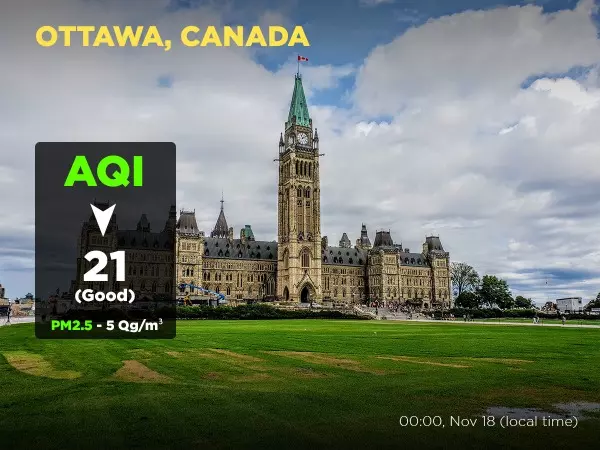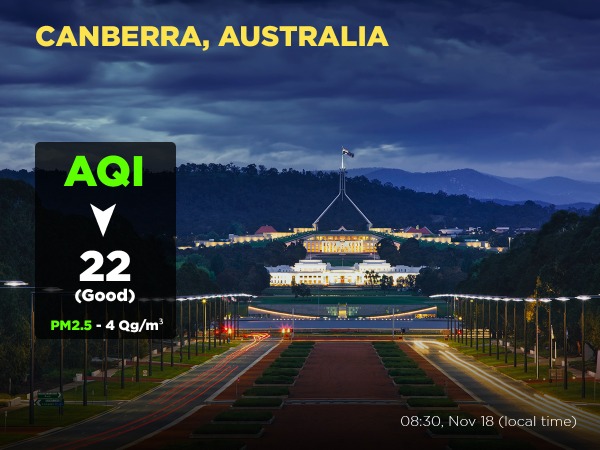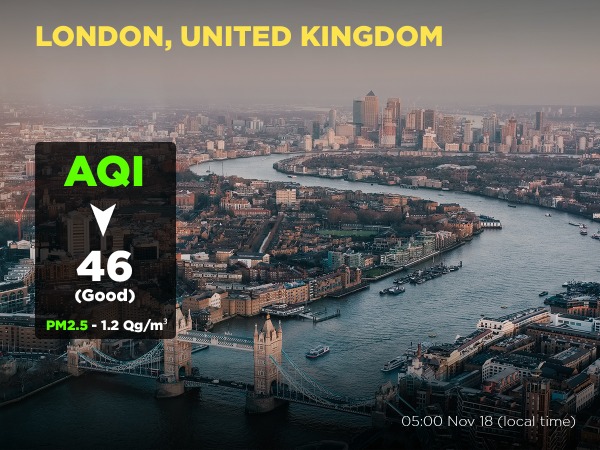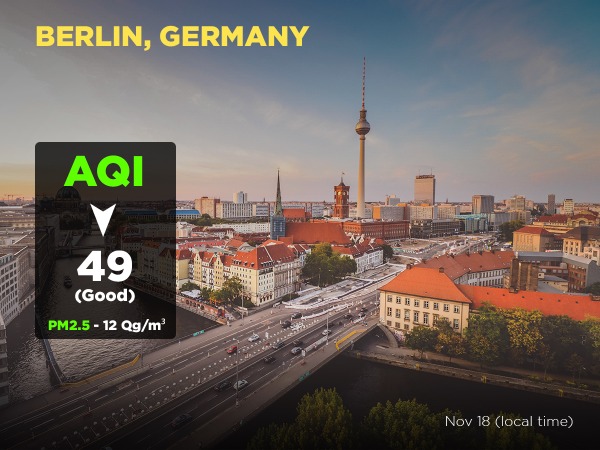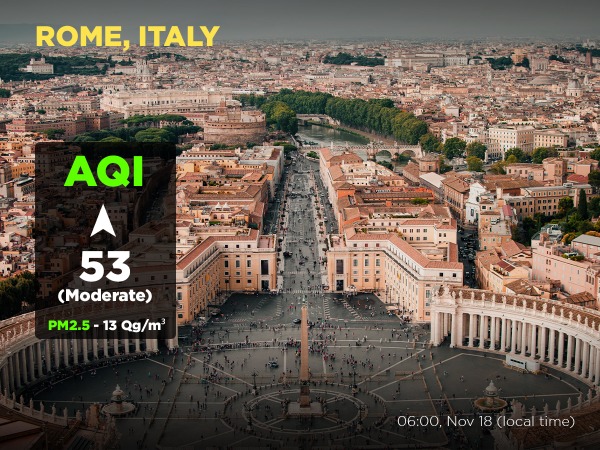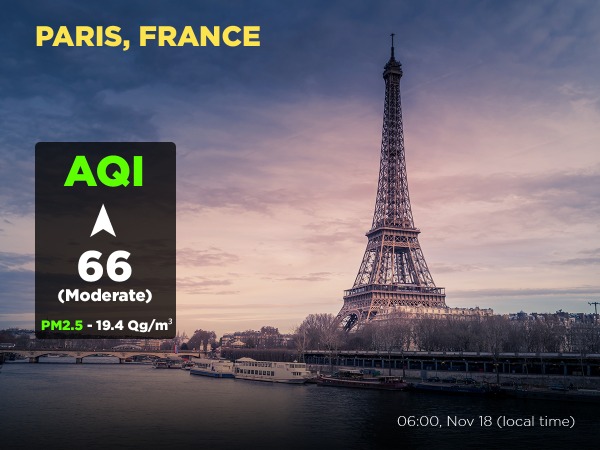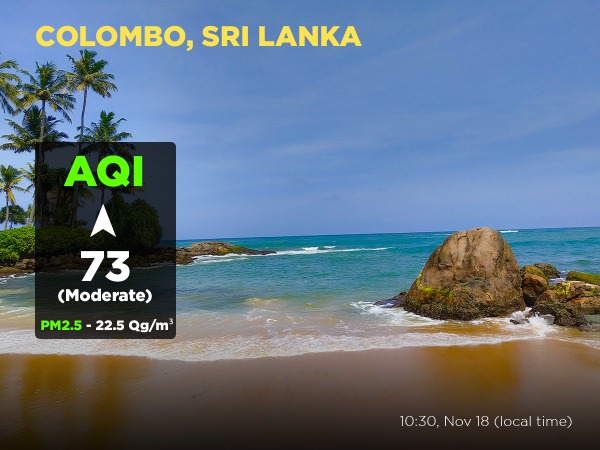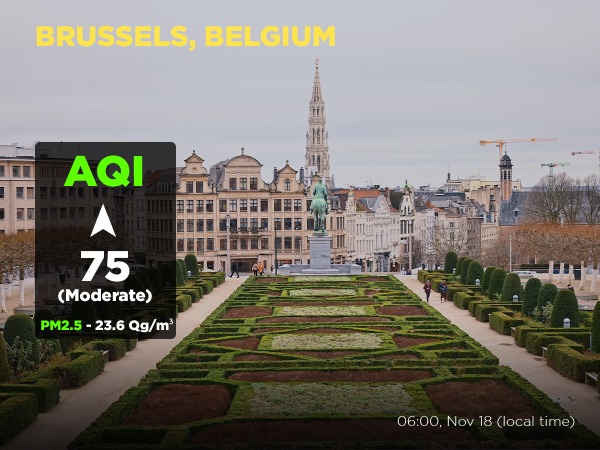While Delhi Chokes Here Is The AQI Of Major Capital Cities In The World
Over the past year, toxic air has become a critical environmental, economic and health issue around the world, as industrial growth and economic development have significantly increased pollutants in the atmosphere.
Air quality, weather and climate are closely linked to our state of health. As these interdependencies become more evident, healthcare professionals increasingly rely on weather and climate services to help anticipate and try to manage the health risks associated with poor air quality. Over the past year, toxic air has become a critical environmental, economic and health issue around the world, as industrial growth and economic development have significantly increased pollutants in the atmosphere.
In the Indian capital, pollution is such that health officials were initially forced to close schools and government offices and order construction projects to be halted for at least a week. NCR state governments have been directed to allow work from home (WFH) for at least 50 per cent of their staff in offices in NCR till Sunday and encourage private establishments to follow suit.
Such a high level of pollution is not only affecting our respiratory system and other organs in our body but is also cutting our life expectancy by 4.3 years. The effect of pollution on life expectancy in India is worse than that of HIV/AIDS, cigarette smoking, and even terrorism, according to a recent study.
An AQI between zero and 50 is considered "good", 51 and 100 "satisfactory", 101 and 200 "moderate", 201 and 300 "poor", 301 and 400 "very poor", then 401 and between 500 is considered "severe". The concentration of an air pollutant (eg. ozone) is given in micrograms (one-millionth of a gram) per cubic meter of air or ?g/m3.
Here's the AQI data of major capitals around the world:

